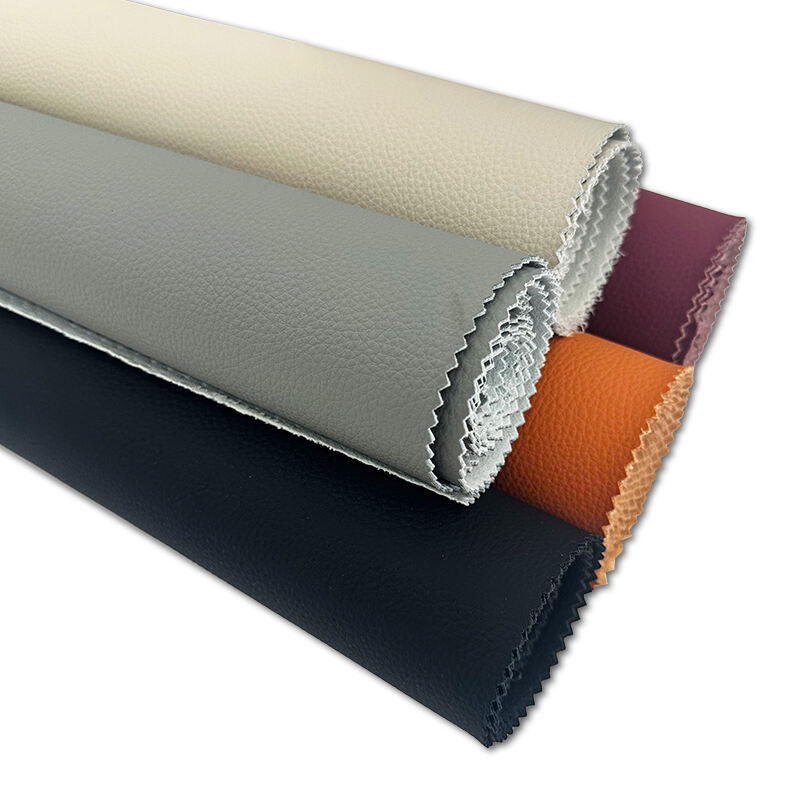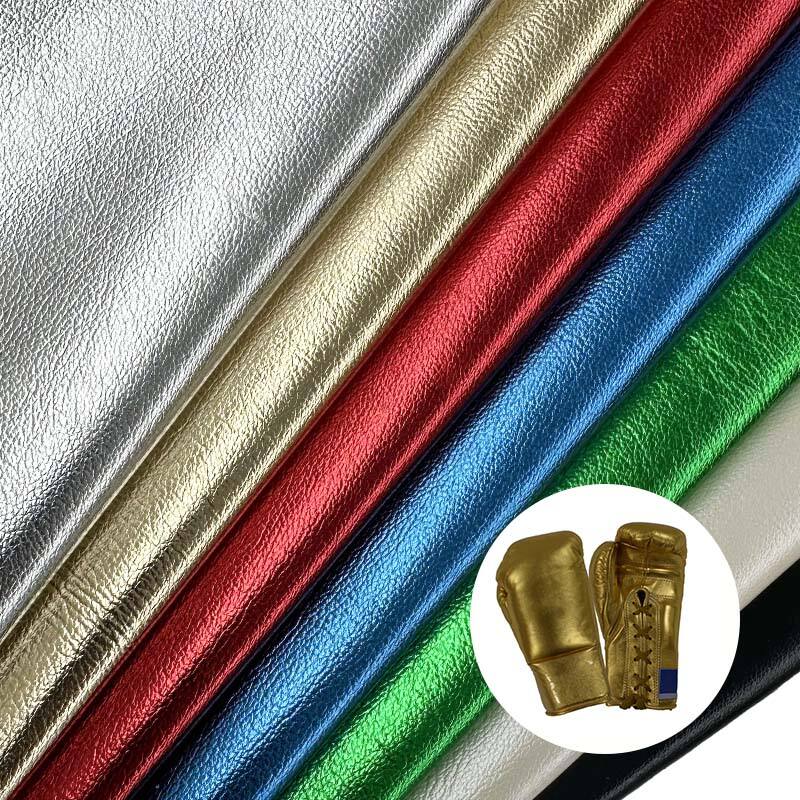Exploring the Benefits of Artificial Leather Couches for Modern Living
Introduction to Artificial Leather Couches
Artificial leather couches, often known as faux leather or synthetic leather sofas, are crafted from materials such as polyurethane (PU) or polyvinyl chloride (PVC). These materials are designed to mimic the appearance and texture of genuine leather while offering enhanced durability and ease of maintenance. Artificial leather is not only resistant to wear and tear but is also more affordable than genuine leather.
The popularity of artificial leather couches is on the rise due to the growing emphasis on sustainable living. Consumers are increasingly drawn to eco-friendly and cruelty-free products. Market trends indicate a shift toward synthetic alternatives that minimize environmental impact while still maintaining aesthetic appeal. As a result, artificial leather is becoming a favored choice for those seeking stylish, sustainable, and cost-effective furniture options.
Benefits of Choosing Artificial Leather Couches
Choosing artificial leather couches offers several environmental benefits. Firstly, these couches significantly reduce the carbon footprint as they do not involve animal agriculture, which is a major source of greenhouse gas emissions. According to the United Nations, livestock contributes to approximately 14.5% of all anthropogenic greenhouse gas emissions. Moreover, opting for artificial leather helps decrease animal cruelty, as no animals are harmed in its production. Brands adopting sustainable practices, such as using recycled materials for faux leather, further enhance its eco-friendly appeal.
Artificial leather couches are also more cost-effective compared to their genuine leather counterparts. The price of a typical Italian leather sofa could easily exceed $2,500, whereas faux leather alternatives come at a fraction of this cost. This makes them a budget-friendly option for consumers. Besides, the durability and easy maintenance of faux leather can lead to reduced long-term costs. While genuine leather requires regular treatments to maintain its appearance, artificial leather is more straightforward to clean, often needing just a damp cloth. This longevity combined with affordability makes artificial leather couches an attractive option for cost-conscious buyers.
Durability: Are Artificial Leather Couches a Viable Option?
Artificial leather couches are indeed a viable option when considering durability. While genuine leather is often heralded for its longevity, studies indicate that modern artificial leather, particularly materials like PU (Polyurethane) and PVC (Polyvinyl Chloride), offer commendable durability. PU leather, for example, is designed to be flexible and resistant to wear, making it a popular choice for furniture. In comparison to genuine leather, which requires regular maintenance to prevent cracking, artificial leather tends to be more resilient against daily wear and tear.
To maximize the lifespan of your artificial leather couch, several maintenance tips can be followed. Regular dusting and cleaning with a damp cloth are essential, avoiding harsh chemicals that might degrade the material. It is advisable to keep the couch away from direct sunlight and heat sources, as these elements can lead to fading and material weakening over time. Additionally, using a faux leather protector spray can provide an extra layer of protection against spills and stains, ensuring your couch remains in top condition for years.
Different Types of Artificial Leather and Their Uses
Understanding the different types of artificial leather is essential in selecting the most suitable one for your furniture needs. PU leather, also known as polyurethane leather, is a popular choice for couches due to its composition of split leather coated with a layer of polyurethane. This type of leather is not only durable and cost-effective but also resistant to stains and liquids, making it ideal for families with children and pets. PU leather can mimic the look and feel of genuine leather quite convincingly, offering a stylish alternative without the high cost.
Microfiber leather is another excellent option, especially appreciated for its breathability and softness. It is made from fine synthetic fibers woven into a dense fabric and then coated with polyurethane. This composition makes it incredibly resistant to wear and tear while maintaining a lightweight and pliable texture. The breathability of microfiber leather ensures comfortable seating, even in warmer climates, and its softness adds a luxurious feel that is comparable to genuine suede.
Lastly, differentiating between types of synthetic leather is crucial for making the right choice for various applications. For instance, bonded leather—which is made by combining polyurethane or latex onto a fiber mesh—is generally used in less demanding applications like low-use chairs or decorative items because of its lower durability compared to PU or microfiber leather. Each type has unique properties that can be leveraged for specific uses, ensuring the right balance between aesthetic appeal and practical endurance.
Top Artificial Leather Couch Products
Silicone Automotive Leather
Silicone automotive leather is renowned for its unique benefits, particularly when applied to couch designs. This type of leather stands out due to its excellent resistance to temperature, making it ideal for various environments. Additionally, silicone leather offers superior durability and stain resistance, ensuring your couch remains in pristine condition with minimal maintenance. It also has hypoallergenic properties, making it suitable for households with allergy concerns. For those interested in sustainability, silicone leather offers a more eco-friendly option compared to traditional synthetics.
Napa Automotive Leather
Napa automotive leather is celebrated for offering a blend of luxury and durability, making it a top choice for couch manufacturers and consumers alike. The leather exudes a soft, buttery feel that enhances the comfort of any seating arrangement. Moreover, it is known for its exceptional resilience, withstanding daily wear and tear while maintaining its premium look and feel. Napa leather not only adds elegance but also promises longevity, ensuring that your couch investment stays robust over the years.
Premium Boxing-Glove Leather
Premium boxing-glove leather is notable for its unmatched durability and comfort, essential qualities for environments demanding peak performance. Designed originally for high-impact sports, this leather is made to endure significant stress and wear, translating exceptionally well into furniture applications where durability is a priority. In addition to its superior longevity, it offers comfort, making it an excellent choice for couches in active households or commercial settings. Its performance-oriented features provide couches with enhanced lifespan without compromising on comfort.
Caring for Your Artificial Leather Couch
Proper maintenance of your artificial leather couch is essential for longevity and appearance. Start with cleaning: use a damp, soft cloth to gently wipe the surface, as this prevents scratches and peeling. Avoid harsh chemicals that might deteriorate the material; instead, opt for specific artificial leather cleaners found in most stores. Regular dusting and the occasional vacuum will also help keep it free from dirt and debris.
Preventive measures can significantly reduce wear and tear on your couch. First, avoid placing the couch in direct sunlight, as this can cause fading and cracking over time. Keep it away from heaters or fireplaces to prevent drying out. Using protective covers can safeguard against accidental spills and stains. Additionally, encourage minimal jumping or excessive weight on the couch to maintain its structure and appearance. With these steps, your couch will remain a stylish and comfortable fixture in your home for years to come.
The Future of Artificial Leather Couches in Sustainable Living
The future of artificial leather couches is being reinvented by innovations in eco-friendly materials. Researchers and manufacturers are investing in developing bio-based alternatives to traditional synthetic leather, which often relies on petroleum-derived resources. For example, lab-grown leather uses cellular agriculture techniques to produce leather-like materials without the need for animal hides or synthetic chemicals. These advancements aim to reduce the environmental footprint by using less water and energy while minimizing waste and pollution.
As consumers increasingly prioritize sustainability in their purchasing decisions, artificial leather couches are well-positioned to meet these demands. A study by Nielsen indicates that 81% of global consumers feel strongly that companies should help improve the environment, and this extends to their home furnishing choices. By choosing innovative materials, consumers can enjoy the aesthetic and functional benefits of leather without contributing to deforestation or microfiber pollution. Experts suggest that this shift towards eco-friendly options is not just a trend but a pivotal movement towards a more sustainable future in interior design.

 EN
EN










